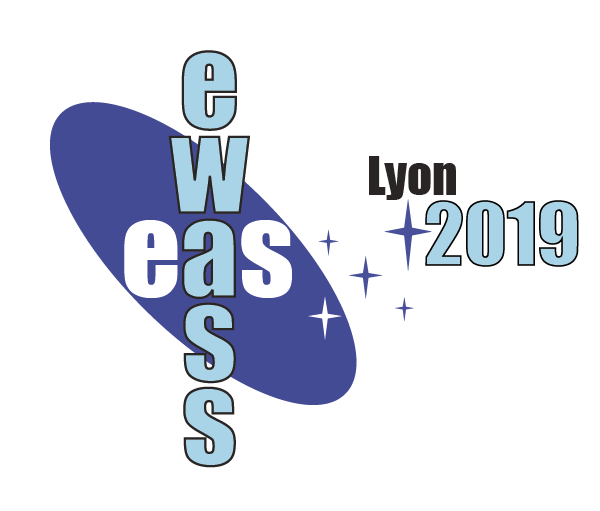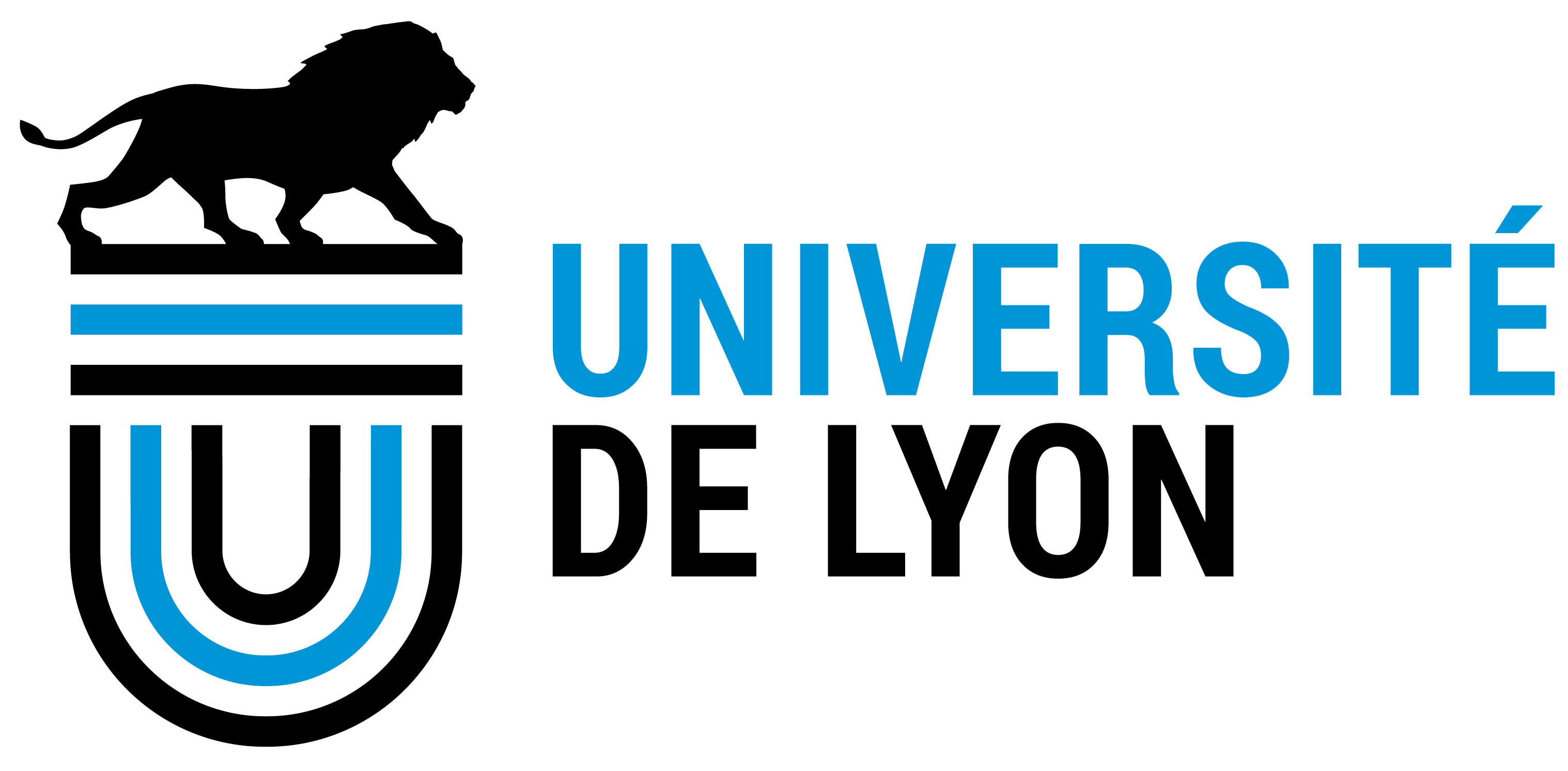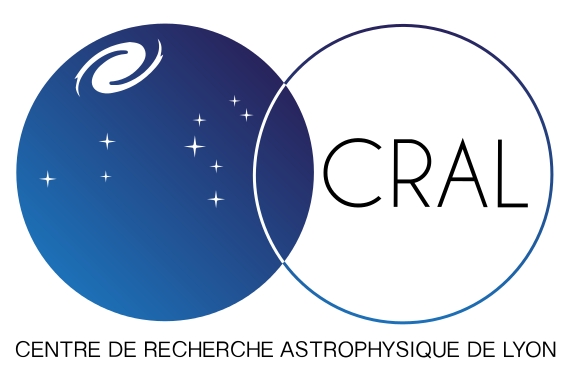Special Session SS15
25 June 2019
The physics and chemistry of Class I protostars in the ALMA era
Aims and scope
The goal of this special session is to review our current knowledge about the physics and chemistry of Class I protostars and discuss perspectives in the context of ALMA and future telescopes (JWST, SKA).
Star formation occurs through several successive stages. The Class I stage represents the intermediate phase between the initial Class 0 stage that is characterized by a protostar deeply embedded in a thick envelope of gas and dust and the Class II stage that reveals a well defined protoplanetary disk. Consequently, the Class I stage is a key transition for the physics with the clearance of the envelope, the assembly of the protoplanetary disk and the potential formation of planets through grain growth.
The physical evolution during the star formation process implies changes in the chemistry. While a very rich complex organic chemistry is observed in the gas phase in the inner regions of Class 0 protostars, the search for such complex species is difficult towards Class II sources. Indeed, due to the low temperatures in the mid-plane of the disk, most species are expected to freeze on the grains. Molecular observations toward Class I protostars are thus ideal to investigate the survival of complex organic molecules and characterize the chemical evolution through the possible incorporation of prebiotically relevant molecules into planets, asteroids and comets.
With the arrival of the Atacama Large Millimeter/Submillimeter Array (ALMA) in 2011, significant progress have been made to characterize the physics of these objects. In parallel, surveys were also carried out with other interferometers (NOEMA, VLA, SMA, etc). These last few years have showed a growing number of studies focusing on topics such as the search for keplerian disks, grain growth, and mass and magnetic field determinations in Class I sources. In addition to this, chemistry is being explored in these protostars.
This EWASS special session is a perfect time to review our current understanding of the Class I stage both physically and chemically and discuss the perspectives in this field. It is intended to gather experts in various aspects of star formation as well as in astrochemistry. This session will provide a unique opportunity to discuss and allow for new ideas to emerge regarding future observational studies as well as physico-chemical modeling of these objects.
Programme
The full programme will appear later. The submission deadline for contribution talks and posters is on 3 March 2019.
Invited speakers
- Felipe Alves (Max Planck Institute for Extraterrestrial Physics, Germany)
- Eleonora Bianchi (Institut de Planétologie et d'Astrophysique de Grenoble, France)
- Jes Jørgensen (Centre for Star and Planet Formation, Niels Bohr Institute, Denmark)
- Ágnes Kóspál (Konkoly Observatory, Hungary)
- Dominique Segura-Cox (Max Planck Institute for Extraterrestrial Physics, Germany)
Scientific organisers
- Audrey Coutens (Laboratoire d'Astrophysique de Bordeaux, France)
- Magnus Persson (Chalmers University of Technology, Sweden)
- Arnaud Belloche (Max Planck Institute for Radio Astronomy, Germany)
- Anne Dutrey (Laboratoire d'Astrophysique de Bordeaux, France)
Contact
audrey.coutens @ u-bordeaux.fr
Updated on Mon Jan 28 16:55:44 CET 2019
|

 A power cut will shut down all EAS services on Tuesday, 10 January 2017 starting at 7:30 CET.
A power cut will shut down all EAS services on Tuesday, 10 January 2017 starting at 7:30 CET.





